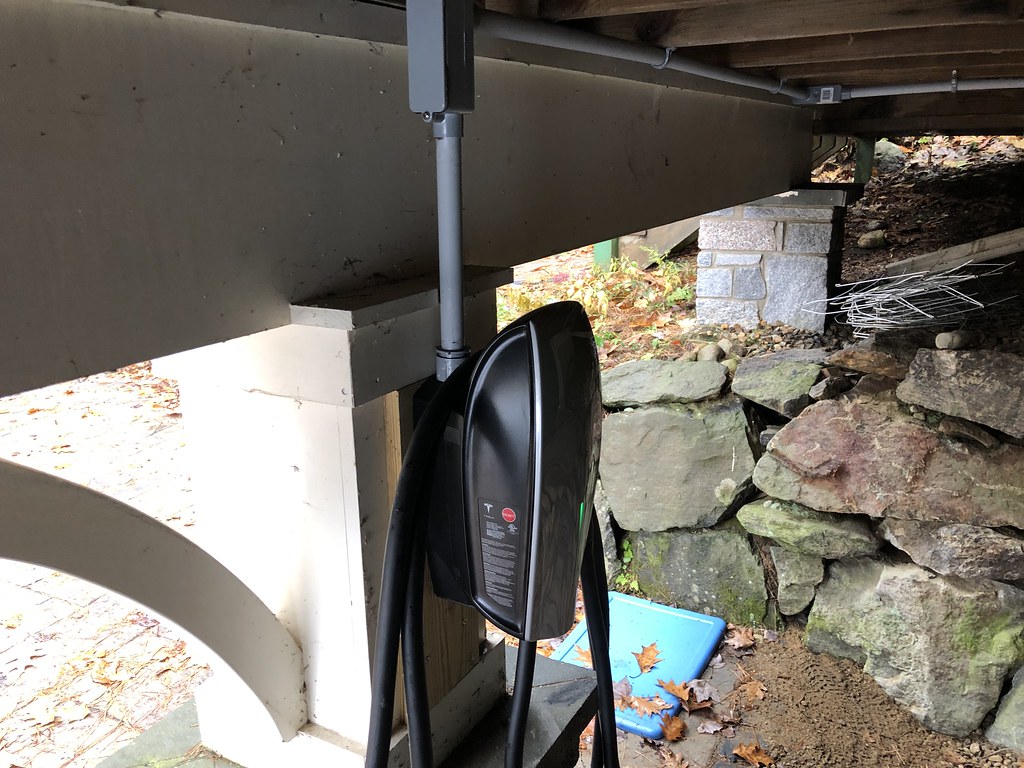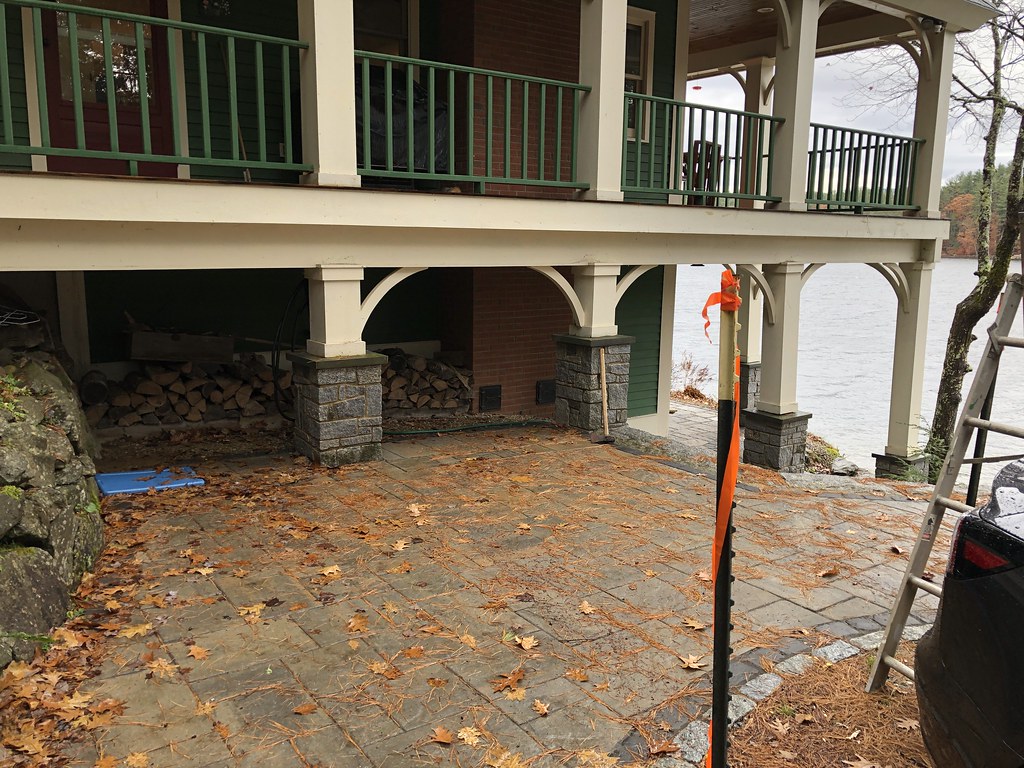I reused the old breaker.
The new panel had everything but the breaker itself.
I told the seller what I was doing so he could check some things before buying. Part of the deal was he didn’t ship the cabinet to save on packing and shipping and I didn’t need it.
Everything looked identical except the buss bars themselves. Some parts were still aluminum.
The new panel had everything but the breaker itself.
I told the seller what I was doing so he could check some things before buying. Part of the deal was he didn’t ship the cabinet to save on packing and shipping and I didn’t need it.
Everything looked identical except the buss bars themselves. Some parts were still aluminum.






